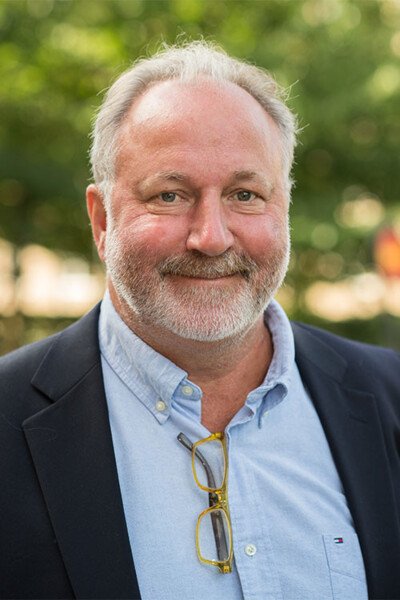Improving anaesthesia care for children
Per-Arne Lönnqvist’s research aims to improve anaesthesia care for children. He has helped to develop the use of ultrasound for improving the precision of local anaesthetic administration and has been a pioneer in the use of alpha-2 agonists in paediatric anaesthesia and intensive care.
Per-Arne Lönnqvist
Professor of Paediatric Anaesthesia and Intensive Care at the Department of Physiology and Pharmacology

Anaesthesia for children differs from that for adults in many ways. Children are not only physically smaller, their bodies also work differently, for example as regards the metabolism and breakdown of drugs. Another important difference is that many important drugs lack studies on and recommendations for young children.
Professor Lönnqvist researches how paediatric anaesthesia can be improved, focusing on clinical studies that develop and evaluate new treatments. The use of ultrasound for the administration of local anaesthetic has been a key line of inquiry.
“You can see incredibly well using ultrasound, not just where you have the needle but also how the anaesthetic spreads in the tissue,” explains Professor Lönnqvist. “The method originates from colleagues in Vienna, and we were among the first to try it out. Today, it’s used around the world.”
Alpha-2 agonists as an anaesthetic
Another theme for Lönnqvist as both a clinician and a researcher is the use of so-called alpha-2 agonists as an anaesthetic, which is now standard practice in Swedish paediatric care.
“One of the advantages of alpha-2 agonists is that they affect the brain’s alertness centre, which makes the anaesthetic more like natural sleep,” he says. “They also reduce stress and alleviate pain.”
His research group is part of a European collaboration set up to help generate better empirical evidence regarding young children and important drugs. Professor Lönnqvist is also involved with colleagues and meditech companies in the development of new treatments and new apparatus for anaesthesia and intensive care.
Text: Anders Nilsson, in translation from Swedish
First published in the booklet From Cell to Society 2016
